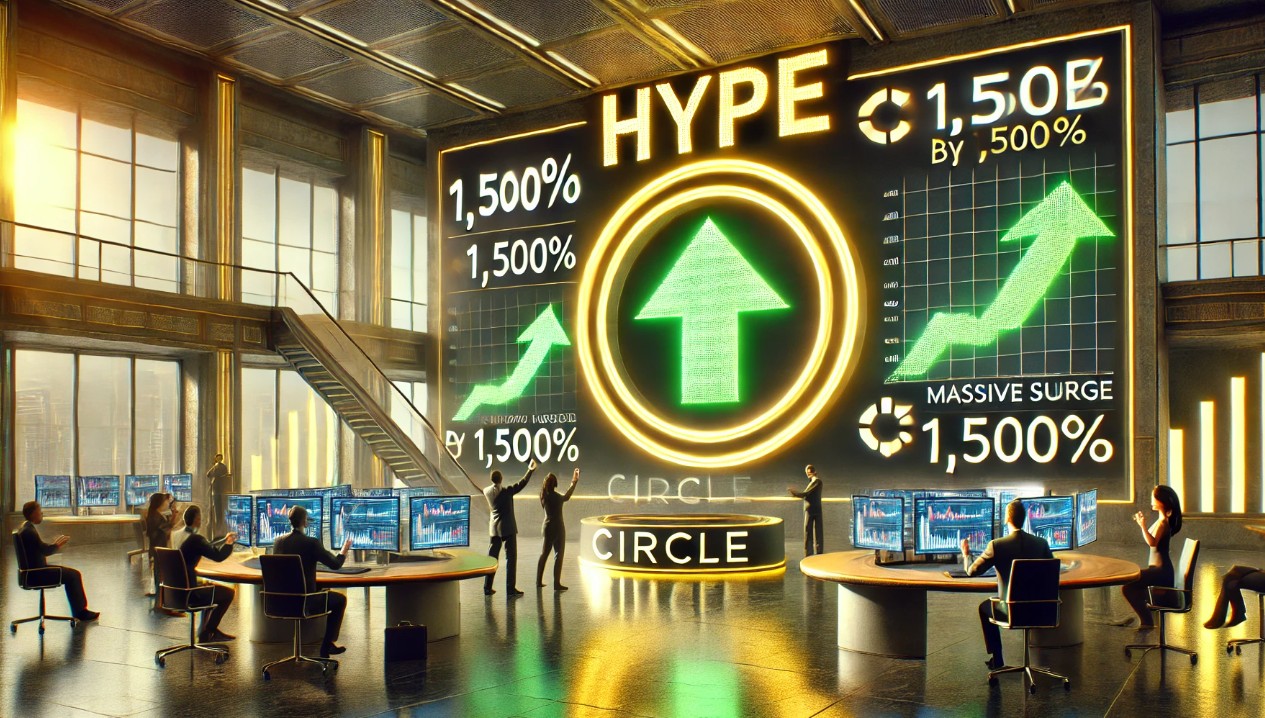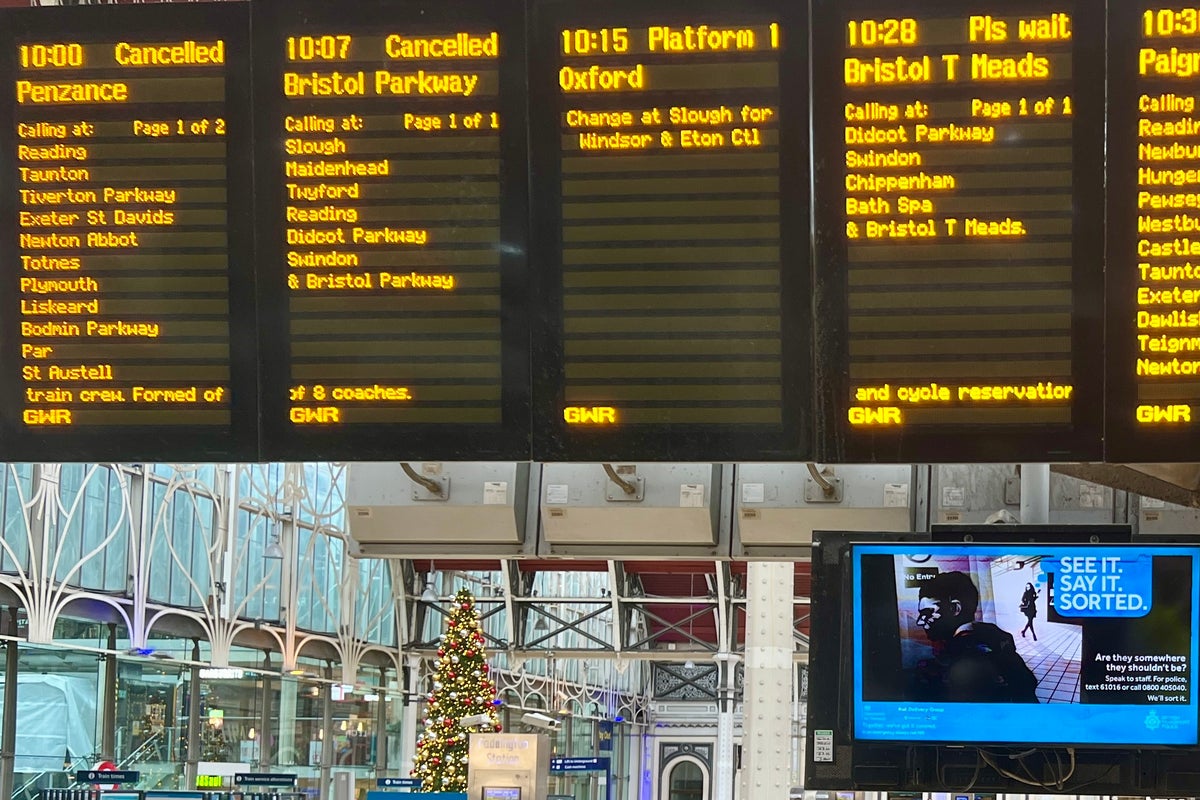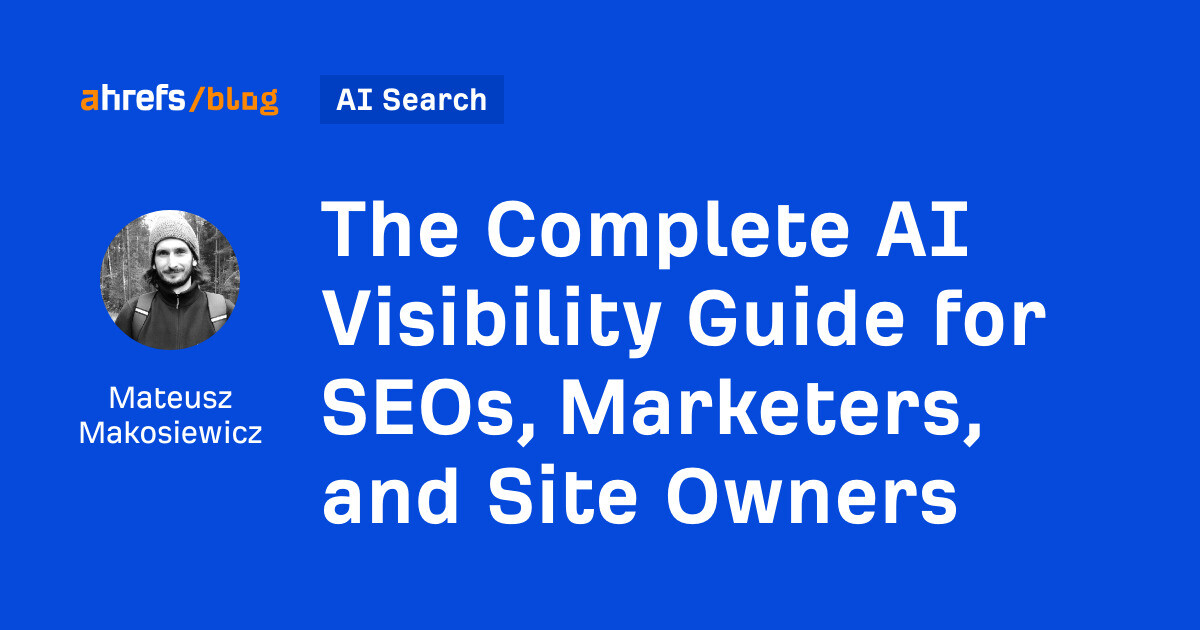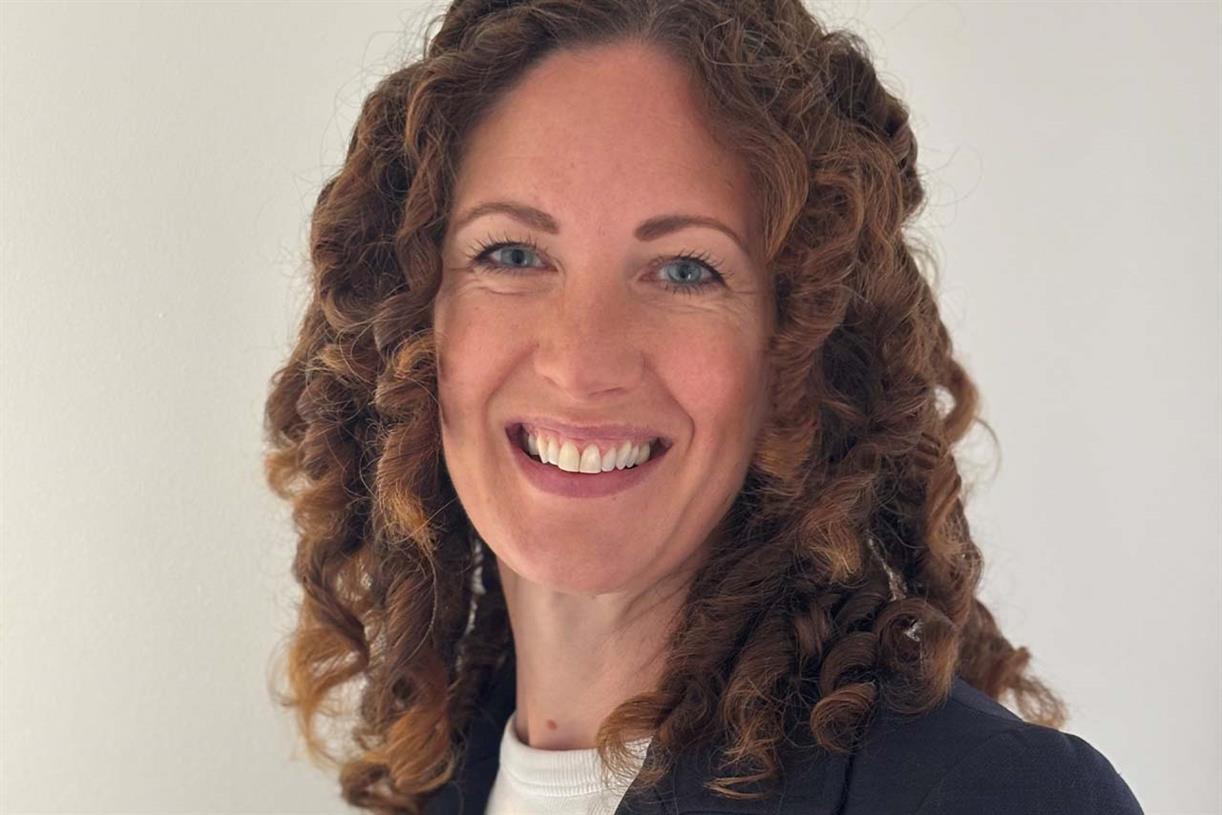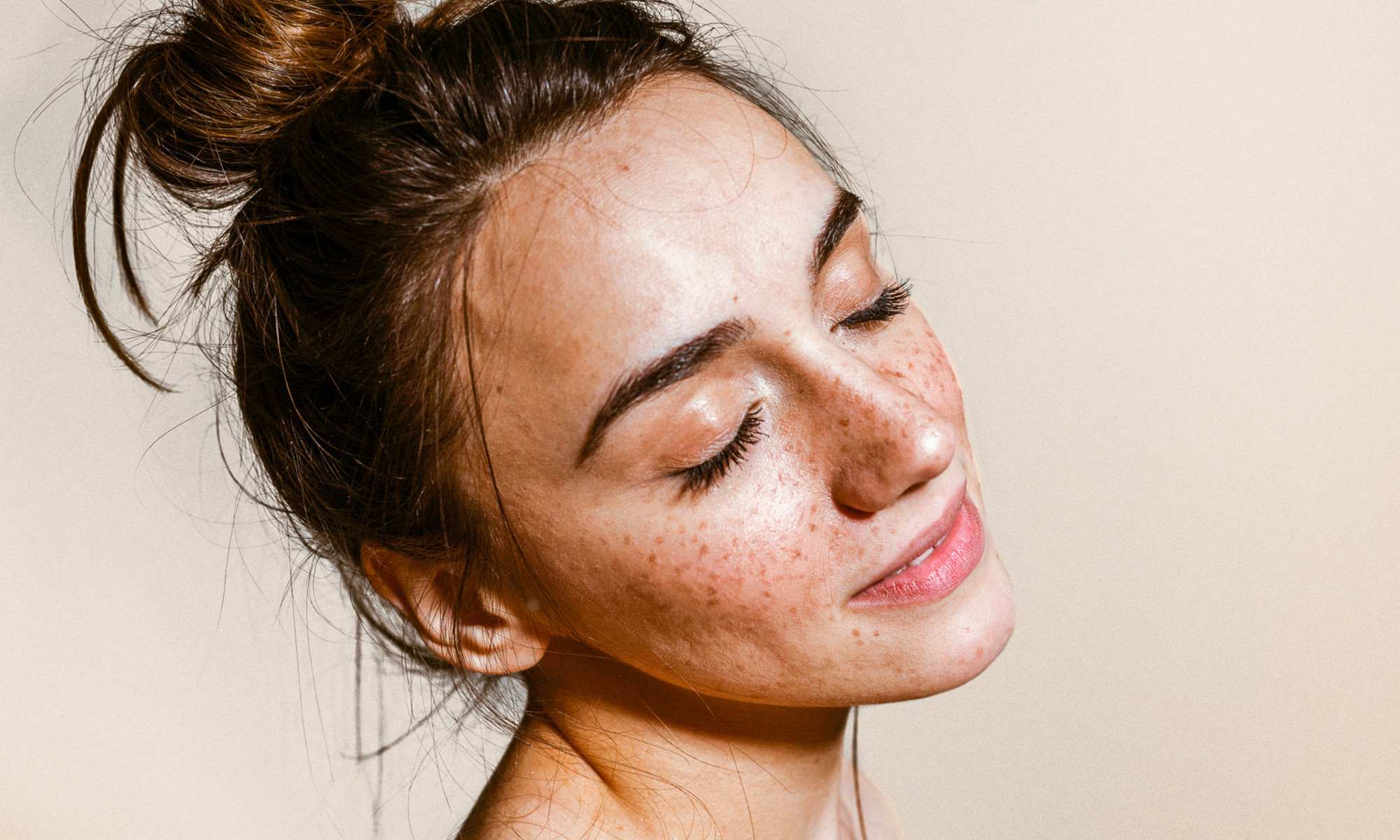How brands can represent people with disabilities with authenticity
5 ways to connect with a wider audience, build brand loyalty and challenge harmful stereotypes.

If you are a brand, you’re telling stories. And if you’re telling stories, you hold the power of representation. Every story is an opportunity to connect with a wider audience, build brand loyalty and challenge harmful stereotypes while portraying different perspectives.
According to a Nielsen, only 1% of prime time TV ads represent people with disabilities, and those that do are disproportionately for pharmaceuticals and healthcare treatments. This limited portrayal of living with disabilities can have real-world consequences that fuel misconceptions.
Here’s how to wield the power of representation for good both for your brand and the world.
Ditch the superhuman/super helpless binary
People with disabilities are often portrayed as “other” in one of two ways: impossibly flawless or utterly disempowered.
“Usually they’re superheroes or completely incapable,” said Crista Earl, principal accessibility consultant at Tech For All, of stereotypes including blind characters who have superhuman hearing or struggle with everyday tasks such as tying their shoes.
#WeThe15's campaign challenges this binary by celebrating the “wonderfully ordinary” ability of people with disabilities. Paying mortgages. Killing houseplants. Pushing strollers. People with disabilities are often put on pedestals from a sense of misguided pity, but this campaign shows them as they are: normal people doing normal things.
Show the rich diversity of the disability community
People with disabilities are the world’s largest minority group. It’s a community that includes tremendous diversity, not only in terms of the wide range of disabilities but also in terms of race, class, gender, sexuality and age. It’s also the only minority group that you can join at any given time—from accidents, illness or aging.
Martika Wilson, grant writer at Daniel’s Music Foundation—a non-profit that empowers individuals with disabilities through music—points out that the autistic community is “more diverse than what you see on TV.” These characters are usually portrayed as socially inept male geniuses, such as Raymond Babbitt in “Rain Man” or Dr. Shaun Murphy in “The Good Doctor.”
Instead of relying on one kind of representation, we should acknowledge that people with disabilities have multifaceted identities. They communicate in diverse ways—from sign language to reading lips to text-to-speech—and use a variety of assistive technology, from canes to hearing aids to crutches. Adding layers like these makes your stories richer, more authentic and more memorable while also helping more people feel seen.
Let them be cool—and hot
Jake Nielsen, a singer and guitarist in the band Jake Nielsen’s Triple Threat, was born with cerebral palsy and wants to see more representation of cool people with disabilities.
As a professional musician, Jake is challenging limiting stereotypes and inspiring people of all abilities to see what’s possible when you pursue your passions. “I love it when I tour and people with disabilities come up to me and are like, ‘I didn’t know someone with cerebral palsy could do that,’ and it inspires them to go do it,” he said. “If they had more of that in media, they’d want to give it a try instead of just being told they can’t do it.”
Jake also wants to break the stereotype that people with disabilities are aromantic. Many people with disabilities have healthy romantic relationships and sex lives, but those are rarely explored in media.
“Make [the kid in the wheelchair] cool for once,” Nielsen said. “Make him get a girlfriend.”
Embrace humor—respectfully
When it comes to disabilities, people can be so afraid to offend or so full of unnecessary pity, that they assume everything has to be serious.
But life is messy—and funny. Humor breaks the ice, helps everyone relate and brings us closer together. It’s human.
Ken and Daniel Trush, father-son duo and co-founders of DMF, strike an impressive balance between moving you to tears and making you laugh as they talk about their own experiences with disabilities, stemming from Danny’s coma as a 12-year-old.
Of course, you should be respectful as you should with any community, and you should include writers with disabilities and sensitivity readers in your process. But people with disabilities like to laugh too.
Think behind the scenes
Representation also includes who you’re hiring.
Hire actors, models and other creatives with disabilities. You get amazing talent, they get the opportunities they deserve and if you’re casting someone who uses a wheelchair in a role that uses a wheelchair, they’ll actually know how to use it.
Organizations such as Gamut Management, a consulting and talent management company for people with disabilities, offer expertise and firsthand perspectives for brands trying to become more inclusive. Just ask retail brand Kohl’s, which partnered with Gamut to design stylish adaptive clothing.
Inclusive representation of people with disabilities can help you connect with more people and shift larger narratives—making an impact not only on the disability community, but also on their loved ones and allies.
Brands have the power of representation. Use it for good.

 FrankLin
FrankLin 



















